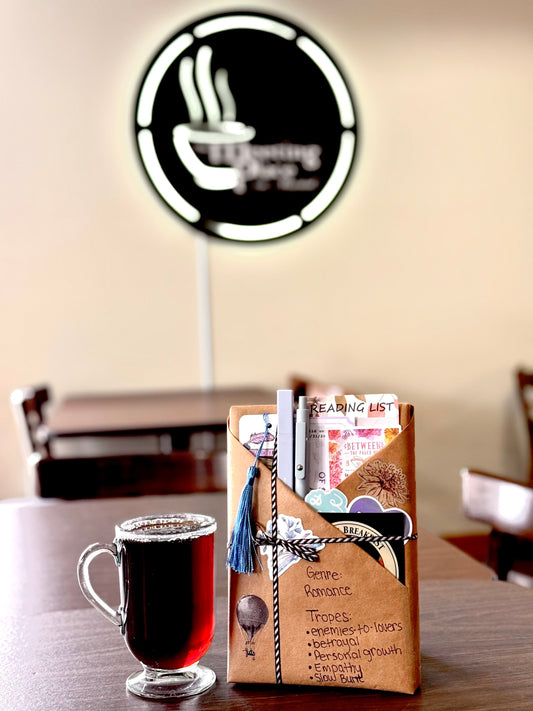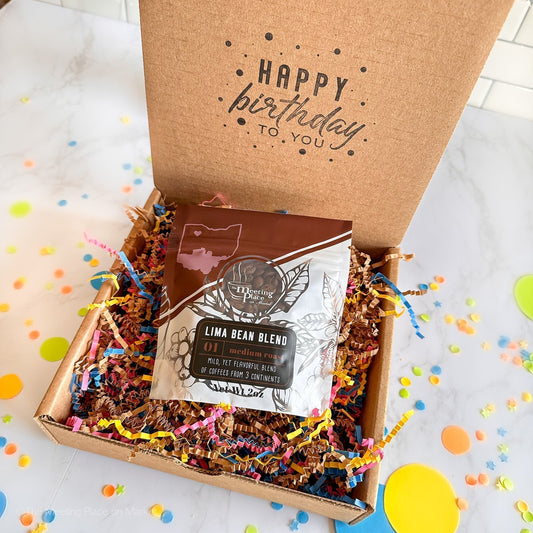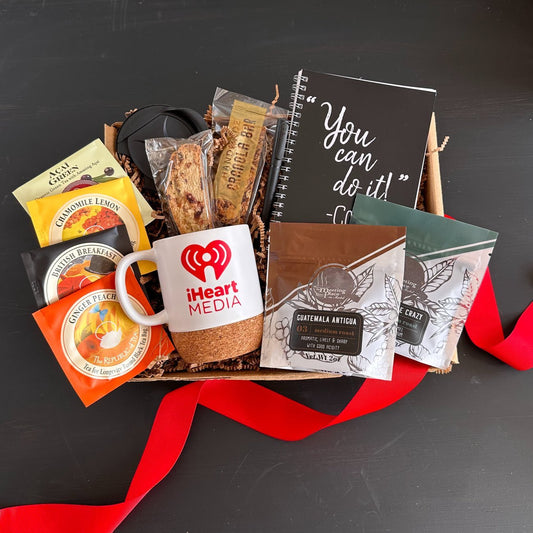Welcome back, class! I hope everyone is well rested and ready to learn, because we're jumping right in today. Pencils sharpened? Let's get started.
Fat, or most likely butter, is…well, it’s just the best. For a long time, butter was vilified in the media for being completely unhealthy and margarine was the preferred substitute. But, in recent years, there has been a movement towards more natural ingredients. And butter fits that bill perfectly. Butter is made up of mostly milkfat and, in baked goods, will coat the gluten so that it is more challenging for the gluten molecules to combine. This will make your items more tender as they’re unable to form super strong gluten chains. It also delivers in a big way when it comes to increasing the flavor profile of a dish. An important note: when a recipe calls for butter and sugar to be “creamed together,” they actually mean that. You want to be sure that the butter and sugar are combined as completely as possible. That is because the sharp edges of the sugar tear into the butter and create tiny holes. Those tiny holes are what allow for fluffiness as air gets trapped in those pockets and creates a beautiful texture. Trust me guys, butter is king.
Liquids are next up on our list and this one is a little more nuanced. This is because there is no “preferred liquid” when it comes to baking. Each baked good requires its own individual liquids based on flavor profile. But the important thing to know is that baked goods need liquid! Liquid helps all of the individual ingredients to stick together, it helps carry your flavor throughout the item, causes the flour to “activate” and start making bonds, and act as a bit of a steam bath for whatever you’re baking. Especially with bread, that helps with creating a strong exterior while keeping the interior light and fluffy. If you are creating a new recipe, this is the most likely spot you will make mistakes. Remember that you can always add more liquid, but you can rarely subtract it. Add liquid slowly, trust your instincts, and be prepared for a few soupy messes until you get it right.
And finally, the leaveners. Today, we're specificially deal with the heavy lifters, baking soda and baking powder. These are two different ingredients that will do two different things. Read the box you’re using and then check it again - they look very similar and are easy to confuse. A leavener’s main purpose is to create Co2 while you bake. That Co2 gets trapped in the air pockets you’ve been creating and within the web of the baked good itself. Baking soda requires mixing with an acid and a liquid before it begins its process. Without both of those things, it will not react properly. Baking powder is baking soda already mixed with an acid and a moisture absorber. Just the right amount of acid is added to the baking powder so that, when it touches liquid, there’s a reaction that releases carbon dioxide. This is why we say they are not interchangeable. This is also why exact measurements are required when it comes to baking soda and baking powder. Too much leavener and it will create bubbles that grow too large too quickly. They will burst before the baking is over, leaving the inside of your item collapsed and flat. Too little leavener and the bubbles never get big enough. This will leave the inside for your baked good soggy, dense, and great for hockey pucks. Much like with flour, the countdown clock starts the moment you add either baking soda or baking powder into your dough. Once it touches liquid, gasses begin to form and, if not baked quickly enough, those gasses can escape from the dough. Put them on lockdown and get them in the oven fast.
Whew! Does anyone else feel like they just completed all four years of high school science all over again? If I could hand you a tiny graduation cap, I would. So, why in the world did you need to know all of this? Because you have to understand the rules before you can break them. This is how items like unleavened bread and edible cookie dough came into existence. First you have to become a valedictorian and then you can release goats into the hallway as your senior prank. Hopefully this has given you a better understanding of how the “Big 6” interact with each other and has started you down the path of creating your own recipes. Experiment, make something new and watch out for those unicorns!





